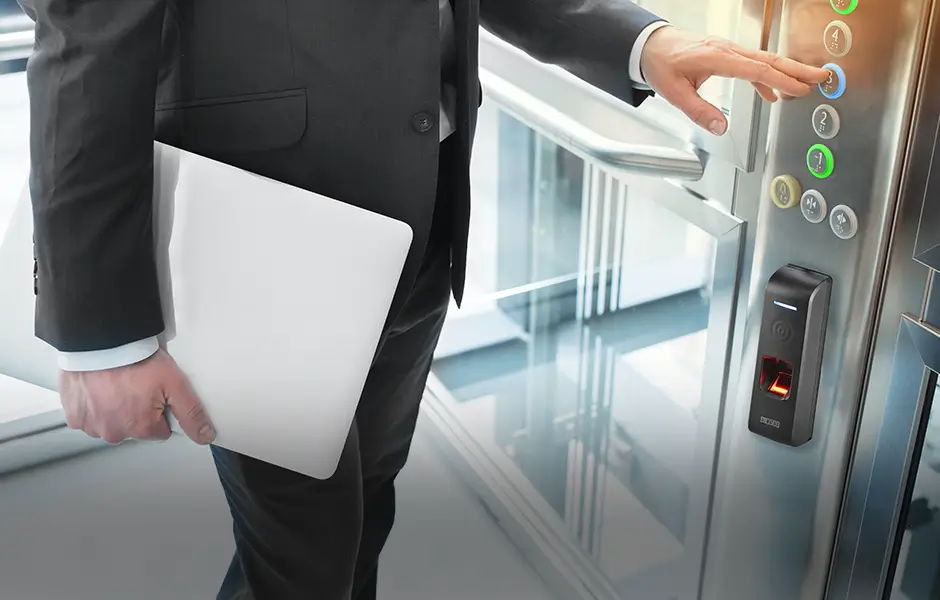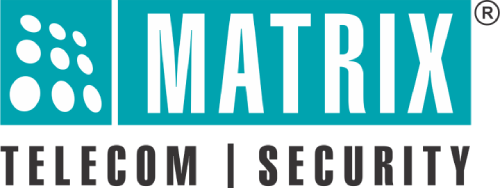
Security concerns in the modern world are more complex than ever. Today, both physical and intellectual assets face constant threats. As a result, access control solutions have transitioned from being optional to essential for both corporate and residential buildings.
According to Data Bridge Market Research, the global elevator access control system market, was valued at USD 2.1 billion in 2023 and is projected to reach USD 4.8 billion by 2032, growing at a compound annual growth rate (CAGR) of 9.2%.
This growth is largely driven by technological advancements, including the integration of artificial intelligence (AI), smart sensors, and the Internet of Things (IoT), which enhance elevator safety, optimize energy consumption, and improve traffic management within smart building solutions.
Despite its prevalence, elevators can present major vulnerabilities when not properly secured. This is where an Elevator Access Control System becomes crucial.
What is an Elevator Access Control System?
An Elevator Access Control System functions like a security checkpoint for vertical movement. It manages who can access specific floors through credential-based entry. Individuals must authenticate their identity—via card, PIN, biometric, or other methods—and are only granted access to the floors assigned to them.
This level of access control ensures that people can enter the elevator but cannot freely access every floor. It restricts unauthorized movement, thereby safeguarding sensitive zones like data centers, R&D departments, or executive offices.
How Is It Different from Typical Access Control?
Traditional access control devices manage entry at doors or gates. In contrast, an Elevator Access Control System is integrated with the elevator’s control panel to regulate floor access dynamically. Installation is streamlined and often integrates smoothly with existing elevator hardware.
Common Elevator Vulnerabilities and Their Solutions
Unintentional Ride Sharing
People often hold elevators open for others, which can lead to unauthorized individuals gaining access to secure floors.
Solution: Install access checkpoints at the entry level. Only users with valid credentials can summon or access the elevator.
Intruders Riding Aimlessly
Intruders may loiter in elevators and reach secure floors without detection.
Solution: Deploy access control at sensitive floors. Only credentialed individuals can exit at these levels. Integrate the system with video surveillance for added verification.
Piggybacking
This occurs when an unauthorized user quickly presses a floor button after someone with valid multi-floor access has used their credentials.
Solution: Limit one floor selection per authentication swipe. This enables detailed tracking of who accessed which floor and when.
Emergencies Like Fire
In a fire, delays in credential verification can create panic and bottlenecks.
Solution: Integrate the Elevator Access Control System with the fire alarm system. During emergencies, it automatically enters ‘Fire Service Mode’ to allow unrestricted access for evacuation and rescue.
Types of Elevator Access Control Systems
Though similar in concept to door access systems, Elevator Access Control Systems use a variety of input devices:
- PIN-based access devices
- Swipe card readers
- Biometric scanners
- Push-button PIN panels
- Key switch mechanisms
Among these, key switches and push-button PIN panels are elevator-specific. The right system depends on your security requirements, budget, and ease of use.
Conclusion
A robust Elevator Access Control System compartmentalizes vertical access, limiting movement only to authorized zones. With multiple options available, choosing the right system demands a good understanding of your building’s unique security needs.
Solutions such as those offered by Matrix provide comprehensive features, enabling precise control over floor access, restrictions based on user classification and time, and support for various credentials like fingerprint, RFID cards, mobile authentication, PIN, and QR codes. Such systems often handle a large number of users and floors, offering centralized monitoring with real-time data for enhanced security management.
Need help choosing the right Elevator Access Control System? Contact our experts to guide you through the best-fit solution tailored to your requirements.

